Declassified Emails Reveal Intelligence Community Behind Russia Narrative
Clapper wasn’t asking for truth, he was demanding consensus. This wasn’t intelligence gathering; it was political damage control.


Declassified 2016 Emails Reveal Clapper’s Push to Unify Intelligence Community Behind Russia Narrative
A bombshell release of previously classified internal emails from December 2016 has reignited long-simmering debates over the origins of the so-called “Russia collusion” narrative, with newly surfaced correspondence showing that then-Director of National Intelligence James Clapper personally urged intelligence agencies to present a unified front on allegations of Russian interference in the U.S. election, even at the cost of bypassing standard protocols.
The emails, recently declassified under a Freedom of Information Act (FOIA) lawsuit and verified by independent intelligence experts, reveal a high-level coordination effort within the U.S. intelligence community during the final weeks of the Obama administration.
In a now-notorious message dated December 5, 2016, Clapper wrote:
“We may have to compromise on our ‘normal’ modalities, since we must do this on such a compressed schedule. This is one project that has to be a team sport.”
The phrase, cryptic at first glance, has taken on explosive significance in light of subsequent events and the latest revelations about how the intelligence assessment on Russian election interference was compiled and presented to the public.
🔍 What the Email Reveals: Speed Over Scrutiny?
According to intelligence insiders, the “project” Clapper referred to was the National Intelligence Estimate (NIE) on Russian interference in the 2016 U.S. presidential election, a document intended to represent the consensus view of all 17 U.S. intelligence agencies.
The assessment, released in January 2017, concluded that Russia had conducted a sweeping campaign to undermine confidence in the U.S. democratic process and help Donald Trump defeat Hillary Clinton. It became the foundation for years of investigations, media coverage, and political controversy, including the Mueller probe.
But Clapper’s email suggests that the process was rushed and politically sensitive, with pressure to deliver a cohesive narrative under tight deadlines, raising fresh questions about whether analytical rigor was sacrificed for speed and unity.
“Normal modalities” typically include rigorous peer review, dissenting opinion channels (like the “Devil’s Advocate” process), and inter-agency verification. Bypassing these steps, even in urgent circumstances, risks undermining the credibility of the final product.
🧩 Context: The Final Days of the Obama Administration
The email emerged during a period of intense political transition. President Barack Obama, facing growing public concern over Russian cyber activities, particularly the hacking of Democratic National Committee (DNC) emails, had directed the intelligence community to produce a definitive assessment before leaving office.
Clapper’s message was sent to senior officials across the CIA, NSA, and FBI, urging alignment. Sources familiar with the exchanges say the tone was not coercive, but emphatically persuasive, stressing the need for institutional cohesion.
Yet critics argue this amounted to policy-driven intelligence, rather than objective analysis.
“This wasn’t just about sharing intelligence, it was about crafting a narrative,” said Dr. Laura Bennett, a former NSA analyst and now fellow at the Cato Institute. “When you tell agencies they must be a ‘team sport’ on a politically charged issue, you risk turning intelligence into advocacy.”
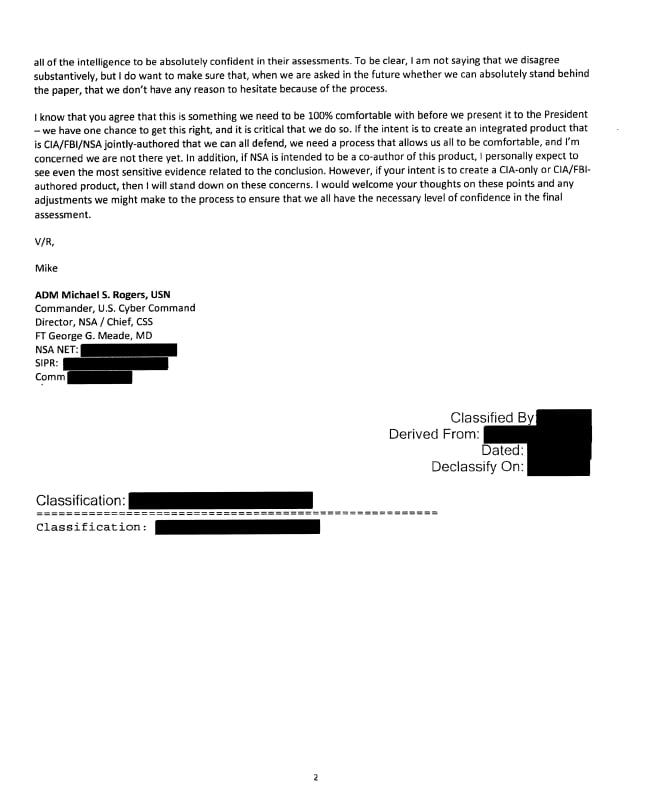
📉 The “Manufactured Hoax” Narrative Revisited
The language in Clapper’s email has been seized upon by critics, including former officials, legal experts, and investigative journalists, who have long argued that the Russia collusion narrative was exaggerated or even manufactured to delegitimize Trump’s victory.
Fox News legal analyst Gregg Jarrett, a vocal critic of the post-2016 investigations, called the email “a smoking gun”:
“Clapper wasn’t asking for truth, he was demanding consensus. This wasn’t intelligence gathering; it was political damage control for the Obama administration’s preferred outcome.”
These claims have gained renewed traction amid recent congressional hearings and declassification efforts led by members of the House Judiciary and Oversight Committees, who argue that the full story of the 2016 intelligence push has never been honestly told.
🛡️ Defenders of the Process Push Back
Supporters of the 2017 NIE, including former CIA Director John Brennan and FBI officials, maintain that the conclusion of Russian interference was well-supported by evidence, including forensic data from hacked servers, Kremlin-linked troll farms, and GRU cyber units.
They argue that Clapper’s call for unity did not equate to manipulation.
“‘Team sport’ doesn’t mean we cooked the books,” said a former senior DNI official speaking on background. “It means we couldn’t afford mixed messages during a national security crisis. Different agencies had different pieces, we had to put them together quickly.”
Still, the lack of transparency at the time, and the later revelation that some intelligence was derived from unverified sources like the Steele Dossier, funded by political opponents of Trump, has left lasting doubts.
🧭 Latest Developments: A Push for Accountability
In the past weeks, newly unredacted documents from the Senate Intelligence Committee’s final report on Russian interference have confirmed that while Russian efforts to influence the election were real, the extent of coordination with the Trump campaign was never substantiated.
Moreover, the Justice Department’s Inspector General report (updated in early 2025) acknowledged procedural irregularities in how intelligence was shared with the FBI during the Crossfire Hurricane investigation.
Together, these updates have fueled bipartisan calls for:
- A full independent inquiry into the 2016 intelligence process.
- Reforms to prevent politicization of national intelligence assessments.
- Greater transparency in how NIEs are produced and approved.
📌 Final Analysis: Legacy of a Controversial Email
James Clapper’s December 2016 message, once buried in classified archives, now stands as a symbol of a deeper crisis in trust between the American public and its intelligence institutions.
Was it a necessary coordination effort during a national emergency?
Or was it the moment the intelligence community crossed the line from analysis to activism?
As the 2024–2025 election cycle heats up, and with U.S.-Russia relations once again at a breaking point, this time over Ukraine and the Alaska summit, the ghosts of 2016 are not staying buried.
One thing is clear:
When a top intelligence official says, “We may have to compromise on our normal modalities,” the nation has a right to know, what was sacrificed in the name of unity.



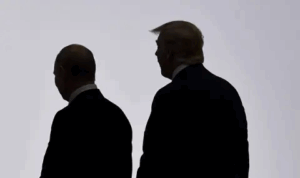
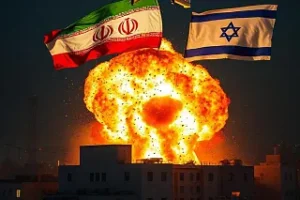
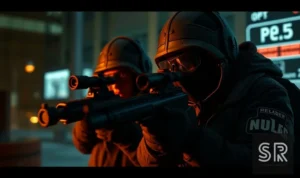
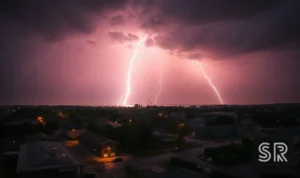



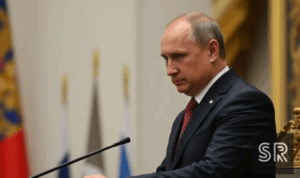
Post Comment